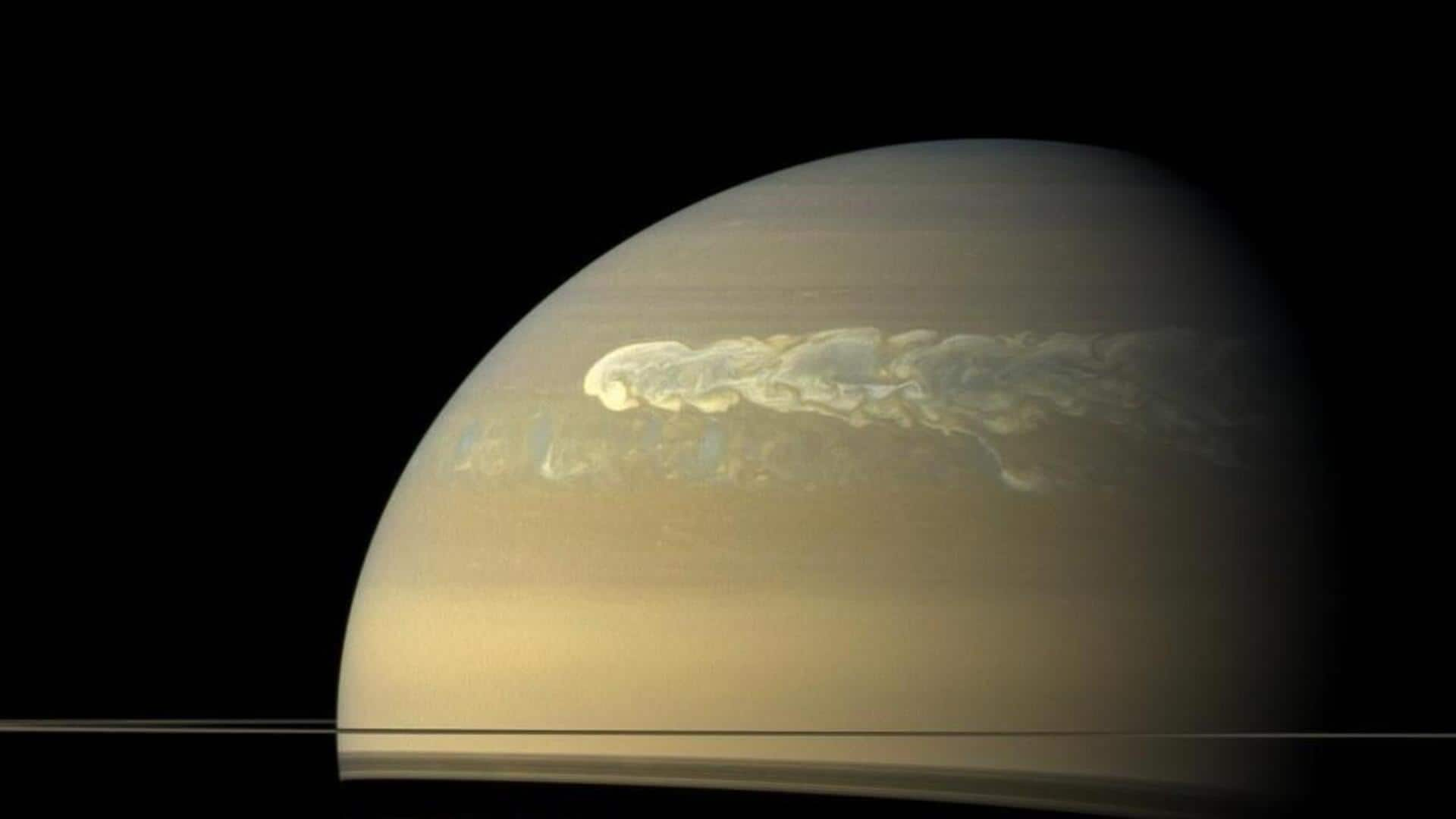New study reveals mystery behind Saturn's planet-wide storms
Saturn's seasonal heating patterns are responsible for triggering planet-wide storms, as per a recent analysis of data from NASA's Cassini spacecraft. The study, published in Nature Communications, reveals that Saturn's heat emission into space varies with its seasons, akin to a lightbulb alternating between high- and low-power modes. This fluctuation in heat emission causes atmospheric turbulence, leading to powerful storms across Saturn's north and south hemispheres.
Current models overlook Saturn's seasonal heat radiation
The study underscores that existing models, describing the climates and evolutions of Saturn and other gas giants, do not factor in these seasonal shifts in radiated heat. Current theories presume that these planets disseminate heat evenly in all directions and at a constant rate. Xinyue Wang of the University of Houston in Texas, who spearheaded this study, stated, "We believe our discovery of this seasonal energy imbalance necessitates a reevaluation of those models and theories."
Saturn's internal heat surpasses solar energy absorption
Astronomers have known that Saturn emits twice the energy it absorbs from the Sun. This extra energy comes from deep within Saturn, where residual heat from its formation, pushes temperatures to about 8,300°C — hotter than the Sun's surface. This internal heat is primarily due to the planet's gradual compression under its own gravity, with some possibly resulting from friction caused by helium sinking toward Saturn's core.
Cassini spacecraft's observations of Saturn's seasonal changes
The Cassini spacecraft reached Saturn in 2004 during a southern summer when its south pole was facing the Sun and its northern hemisphere was enveloped in winter darkness. By 2009, due to the arrival of the equinox, both halves of the planet were being warmed by equal amounts of sunlight. Cassini observed three seasons—spring, summer, and winter—in Saturn's northern hemisphere before its planned descent into the gas giant's atmosphere in September 2017.
Saturn's heat radiation linked to its orbital position
The study builds on earlier research which showed that the heat radiated by Saturn matched its seasons. The latest findings suggest that these periodic changes are also due to varying amounts of sunlight absorbed as Saturn swings between the closest and farthest points in its 30-year-long journey around Sun. "Not only does this give us new insight into the formation and evolution of planets, but it also changes the way we should think about planetary and atmospheric science," Li said.

